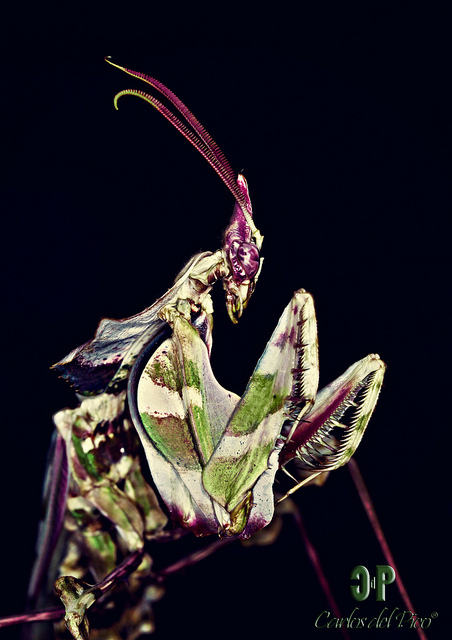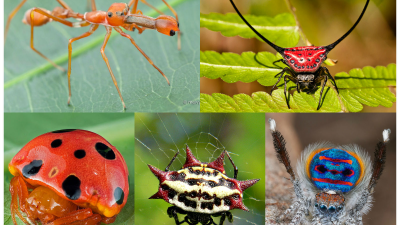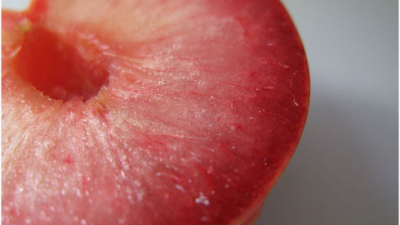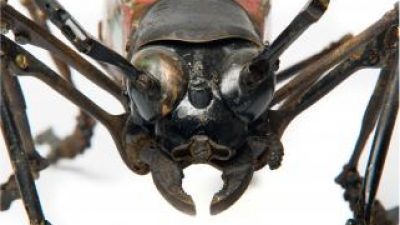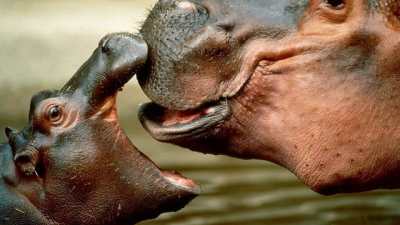Amazing specimens of mantis
|
NEWS
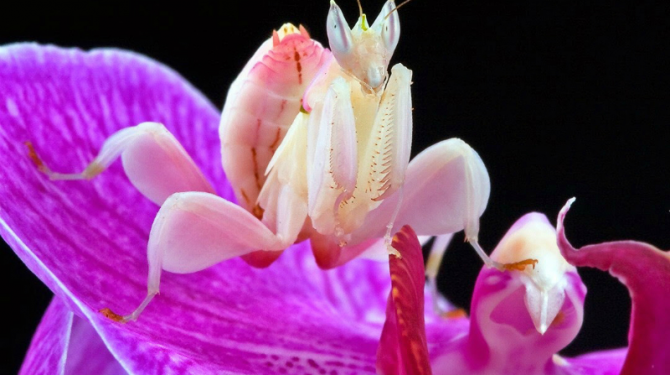
Source: listas.20minutos.es
Mantis is a cosmopolitan genus of mantid insects of the Mantidae family that includes the praying mantis, one of the best known and most frequent mantles in Europe. The mantis is a strong predatory insect, but it is not poisonous. The praying mantis can hunt mice, lizards, butterflies, zebra finches, frogs, coral snakes and other insects and animals that live in swamps and ponds. After mating, the female, larger, sometimes eats the male.
TOP 21:
Modest Chloroharpax
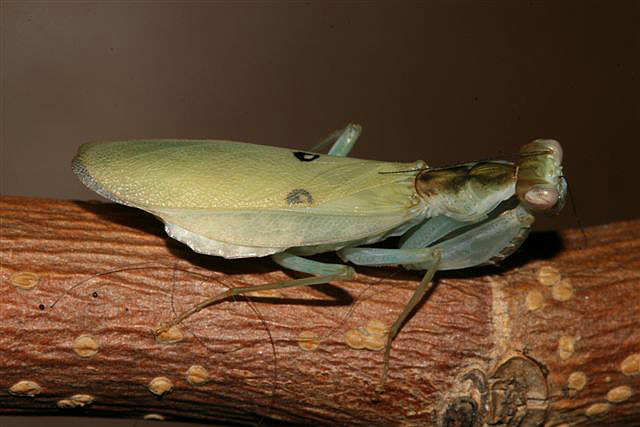
It is found in Ivory Coast, Ghana, Guinea, Cameroon, Congo and Nigeria.
TOP 20:
Australian mantis (Archimantis latistyla)
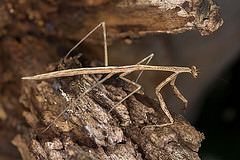
TOP 19:
Flower mantis of India (Creobroter pictipennis)
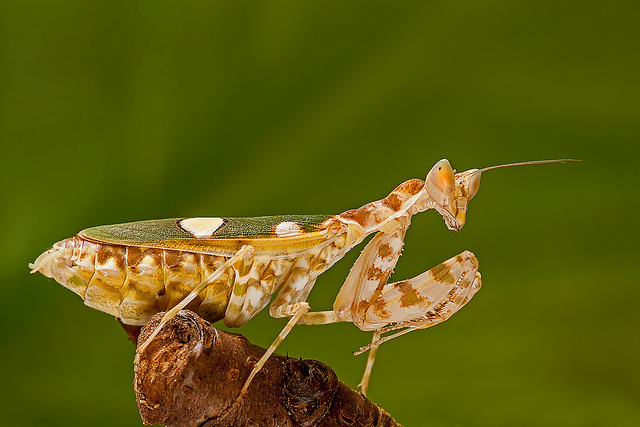
It is found in India and Sri Lanka.
TOP 18:
Asian giant mantis (Hierodula membrane)
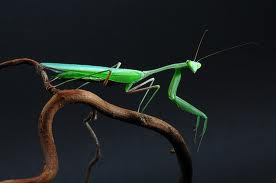
It is located in China India Java Nepal Sri Lanka and Thailand.
TOP 17:
Chinese Mantis (Tenodera sinensis)
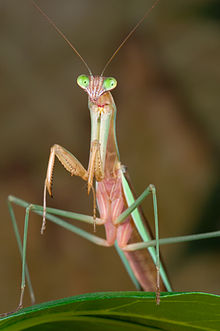
TOP 16:
Miomantis paykullii
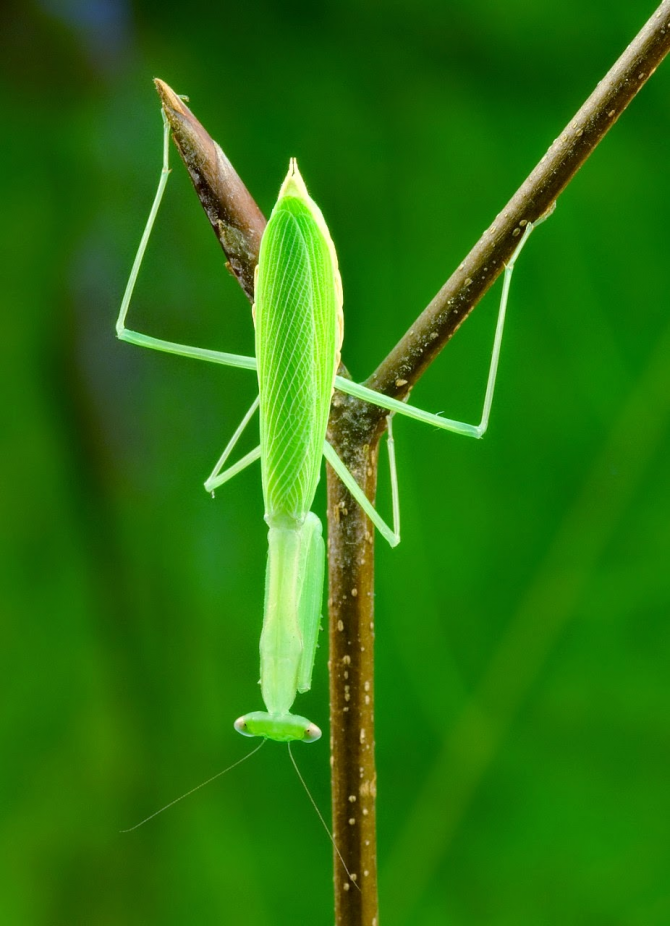
It is found in Egypt, Burkina Faso, Ghana, Israel, Cameroon, Kenya, Mauritania, Mozambique, Niger, Senegal, Togo, Chad, Uganda and Zimbabwe.
TOP 15:
Dry Leaf Mantis (Acanthops falcataria)
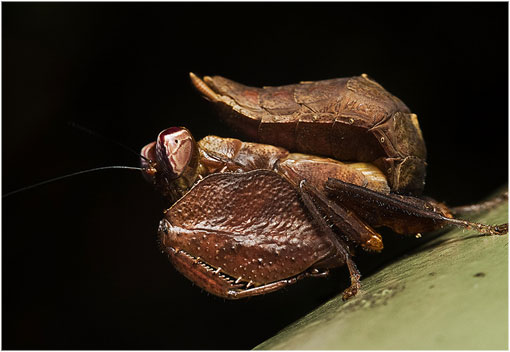
The so-called Dead Leaf Mantis is a kind of mantis very common in South America, its main feature is its advanced camouflage that resembles a dry leaf.
TOP 14:
Mantis unicorn (Pseudovates arizonae)
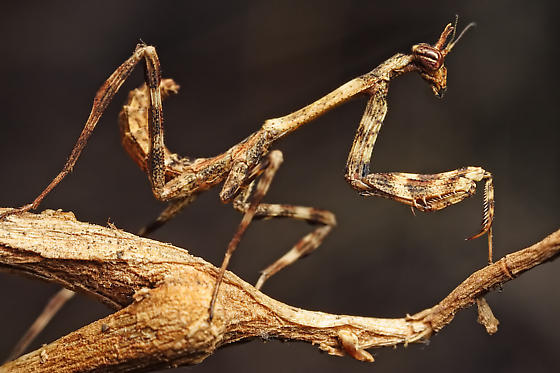
It is located in Arizona (United States).
TOP 13:
Metal mantis (Metallyticus splendidus)
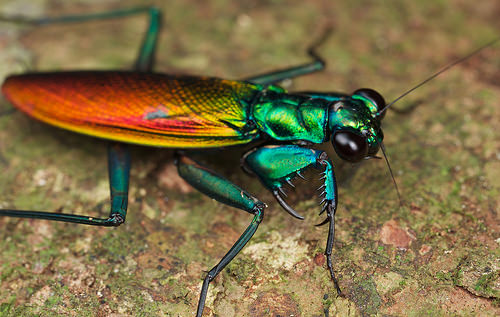
This species of mantis is distributed throughout Southeast Asia. The main characteristic of the species is its iridescence, as the light beam focuses, it shows a very colorful range of metallic colors, without direct light the appearance of its color is dark.
TOP 12:
Asian ant mantis (Odontomantis planiceps)
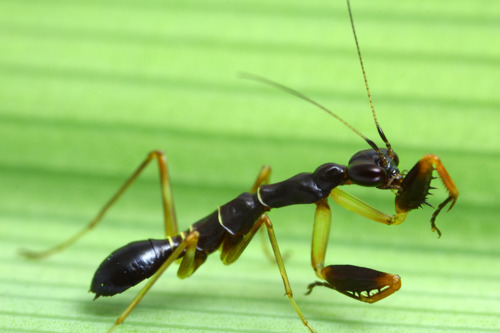
It is located in Sumatra, the island of Mentawai, Java and Borneo.
TOP 11:
Mantis cobra (Choeradodis rhombicollis)
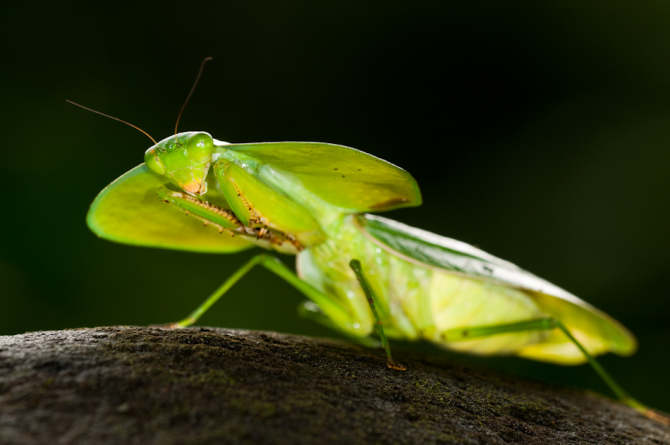
TOP 10:
Mantis boxer (Ephestiasula pictipes)
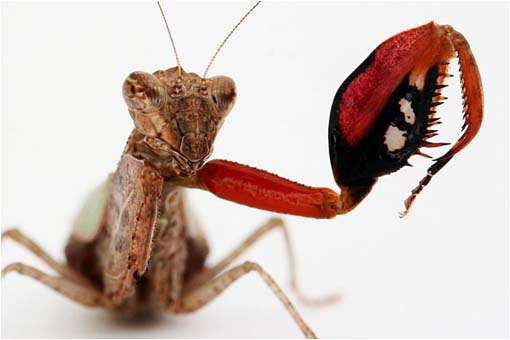
This mantis, endemic to India and Nepal has a unique feature: one of its front legs is larger than the rest and simulates a boxing glove.
TOP 9:
Phantom Mantis (Phyllokra paradoxa)
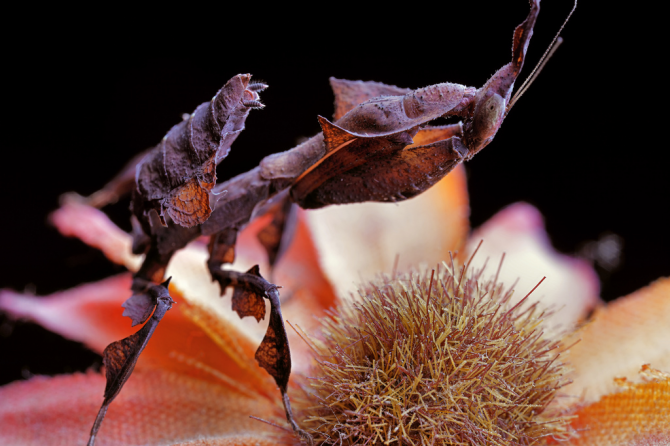
TOP 8:
Pink mantis
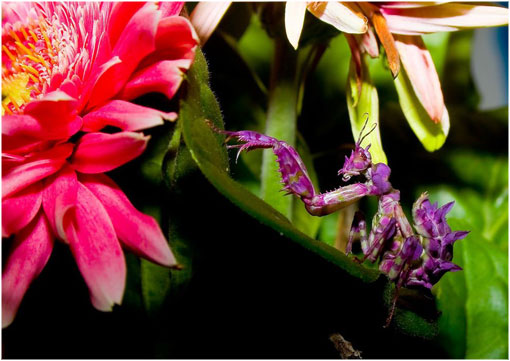
There is not much information about this beautiful species of Mantis that exquisitely simulates the figure of a flower. It is undoubtedly a relative of the Orchid Mantis but it has a clearer hue.
TOP 7:
Mantis Jade (Hierodula Salomonis)
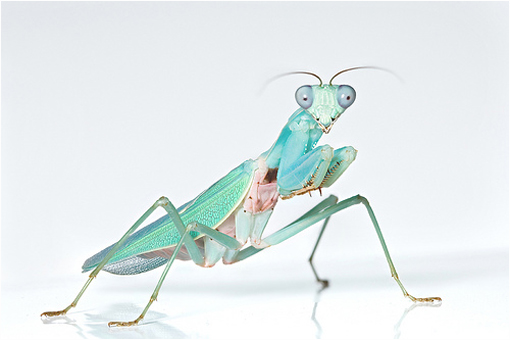
Hierodula is a genus of mantis that is found throughout Asia. They are commonly called giant mantis because of their large size.
TOP 6:
Mantis spiny flower (Pseudocreobotra wahlbergii)
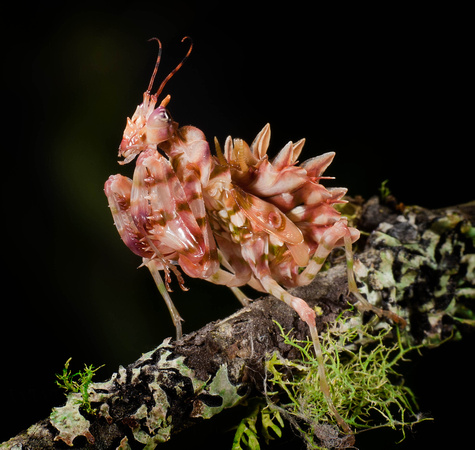
It is found in Angola, Ethiopia, Kenya, Congo, Malawi, Mozambique, Tanzania, Zanzibar, Transvaal, Zambia and Zimbabwe.
TOP 5:
Mantis violin (Gongylus gongylodes)
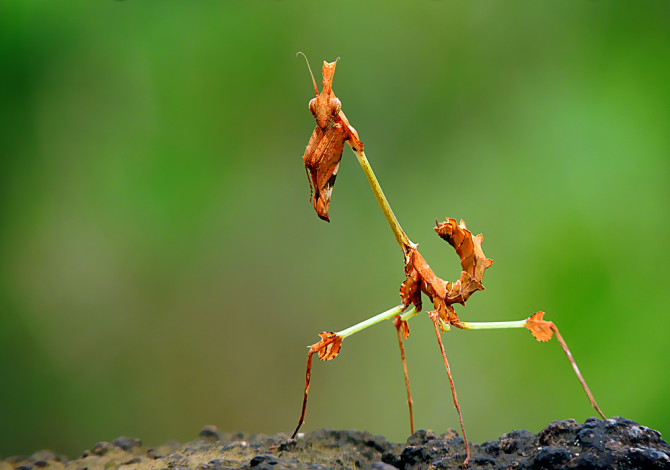
TOP 4:
Rhombodera basalis
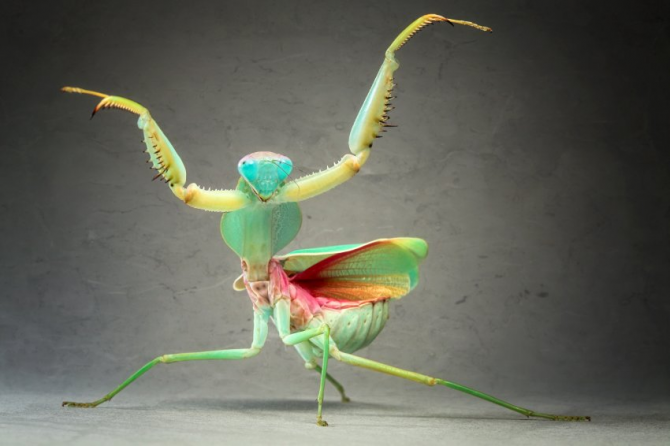
It is found in India, Thailand, Malaysia, Java and Borneo.
TOP 3:
Creobroter meleagris
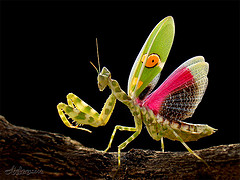
Creobroter meleagris is a species of mantis of the Hymenopodidae family. It is one of the species with the most beautiful colors of praying mantis. Adults reach a length of up to 5 cm. It is found in the Philippines.
TOP 2:
Mantis orchid (Hymenopus coronatus)
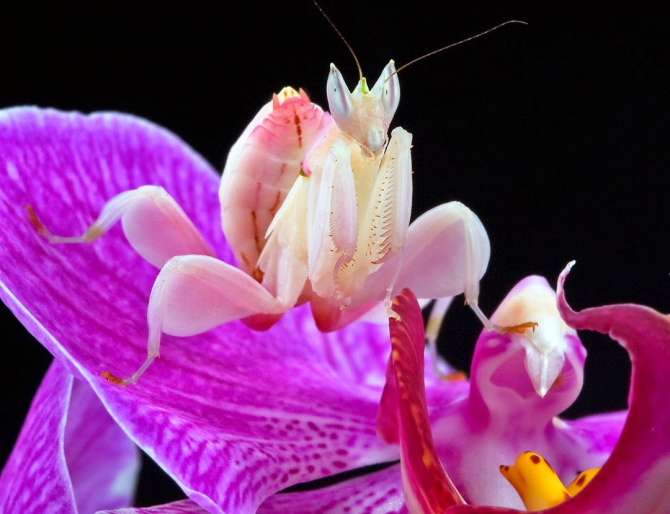
Hymenopus coronatus (also known by several common names like Mantis Orquidea, Mantis orquidea malaya or Mantis orquidea rosada) is a mantis of the Pluviselvas of Malaysia, Indonesia, and Sumatra. These mantis thrive in the humid and warm areas of these jungles of Southeast Asia. There they can be found in orchids or in flowering papaya trees. In captivity the nymphs can be maintained with a diet based on fruit fly, and then go on to eat other small insects. Adults eat everything they can hunt, including small lizards, flies, butterflies, moths and other non-poisonous flying insects. Although primarily carnivorous, mantis orchids have been observed eating small pieces of banana. This behavior is believed to be performed by the animal to provide itself with vitamins obtained through banana juices (rich in potassium). If threatened, the mantis tries to either confuse the attacker or scare him. If he gets up in the air, he becomes aggressive, trying to bite everything within his reach. Its natural predators include lizards, geckos, jumping spider, toads, birds, rodents, bats, and shrews. This species is characterized by its beautiful and bright coloration, as well as its unusual shape; Its four walking legs remember the petals of a flower, and the coloring of the bodies usually matches that of the environment in which they develop. H. coronatus shows one of the most pronounced sexual dimorphisms of all mantis species, males being less than half as large as females. The young nymphs remind ants of black and orange colored body. As the mantis grows its color gets closer to the one around it with the successive molts. It is suspected that moisture and light intensity play an important role in the final coloring of the adult.
TOP 1:
Diabolic mantis (Idolomantis diabolica)
